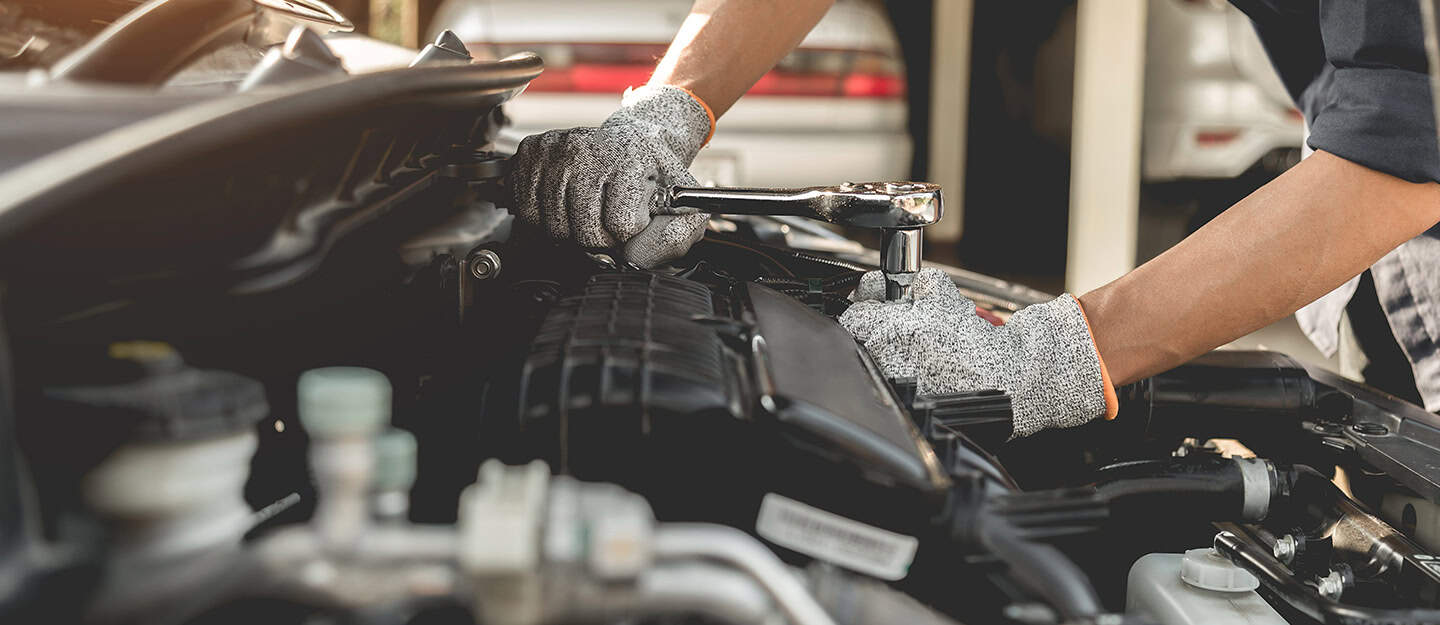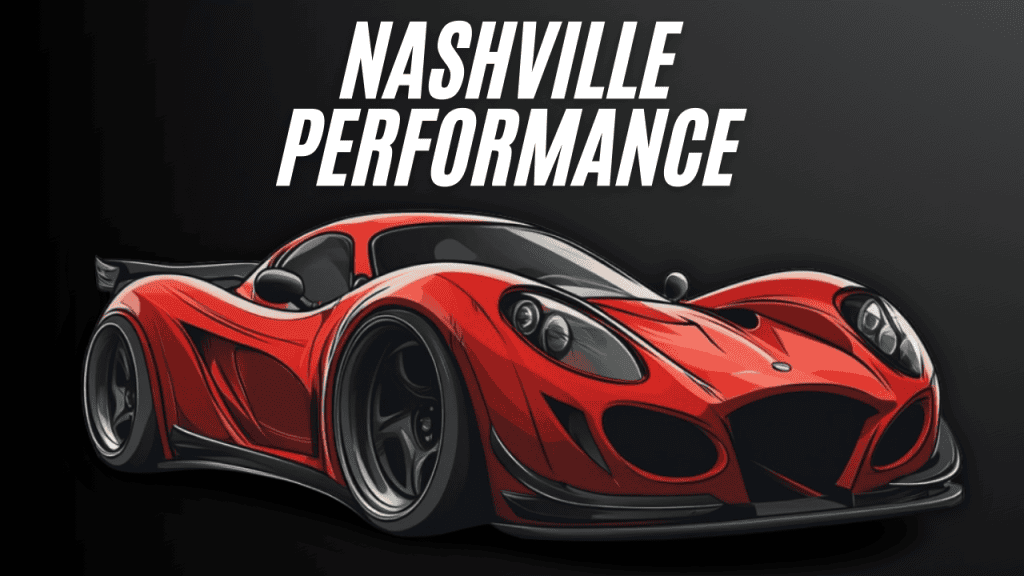Table of Contents
Am I Over-Tuning My Car?
Car tuning is one of the most cost-effective ways to enhance a vehicle’s horsepower, throttle response, fuel efficiency, and driving experience. However, improper or excessive tuning can lead to mechanical failures, engine damage, and expensive repairs. Knowing where to draw the line between optimal performance gains and pushing your engine beyond safe limits is crucial.
This guide explores the benefits, risks, and best practices of ECU tuning, helping you maximize performance while preserving your engine’s longevity.
Key Takeaways of Safe Car Tuning
| Tuning Aspect | Benefit | Risk if Over-Tuned |
|---|---|---|
| Ignition Timing | More power and efficiency | Knock and detonation, piston damage |
| Fuel Mixture | Optimized combustion for better MPG | Running too lean, engine overheating |
| Boost Pressure | Increased horsepower with a turbo | Excessive cylinder pressure, engine failure |
| Rev Limit Adjustments | Extends powerband for more speed | Valve float, bearing damage |
| Throttle Mapping | Improves response and drivability | Too aggressive, making the car hard to control |
| Shift Points & Firmness | Enhances acceleration and economy | Excessive transmission wear |
What is ECU Tuning?
ECU tuning involves modifying the engine control unit (ECU) to optimize performance settings such as ignition timing, fuel delivery, throttle response, and turbo boost pressure. A professional tuner can recalibrate these settings through software adjustments.
Common Areas Tuned:
- Timing Maps: Adjusting ignition timing for optimal power and efficiency.
- Fuel Enrichment: Ensuring proper air-fuel ratios for peak performance.
- Rev Limiters: Raising RPM limits for extended powerbands.
- Turbo Boost: Increasing boost pressure for more power.
- Throttle Mapping: Sharpening throttle response for better drivability.
- Transmission Shifting: Refining shift points for acceleration and efficiency.
When done properly, tuning can provide significant performance gains without sacrificing reliability. However, pushing settings too far can cause catastrophic damage.

Benefits of Proper ECU Tuning
A well-calibrated tune, when performed by an experienced tuner, can offer remarkable benefits without harming your engine.
✔ Increased Horsepower & Torque: A conservative tune can add 10-50% more power, depending on the engine and modifications.
✔ Improved Throttle Response: Eliminates factory throttle lag, making acceleration smoother.
✔ Better Fuel Efficiency: Optimizing fuel mixtures and shift points can lead to better gas mileage.
✔ Linear Powerband: Removes factory flat spots for smoother acceleration.
✔ Customizable Performance: Tunes can be tailored to specific driving needs, from daily driving to track performance.

The Risks of Over-Tuning Your Engine
When ECU tuning is taken too far, the stress on internal engine components can lead to premature failure. Here are the most common consequences of excessive tuning:
1. Pre-Ignition & Detonation (Knock)
- What happens? Excessive timing advance or inadequate fuel enrichment causes uncontrolled combustion.
- Signs of damage: Engine knocking, pinging sounds, reduced power.
- Potential failures:Piston damage, cracked cylinder walls, bent connecting rods.
2. Melted or Holed Pistons
- What happens? Too much boost, running lean, or aggressive timing creates excessive heat.
- Signs of damage: White smoke from the exhaust, loss of compression.
- Potential failures:Total engine rebuild required.
3. Bent Connecting Rods

- What happens? Over-boosting or excessive cylinder pressure places immense stress on rods.
- Signs of damage: Engine knocking, misfires, severe power loss.
- Potential failures:Rod failure leads to complete engine destruction.
4. Spun Bearings & Oil Starvation
- What happens? Over-revving reduces oil film thickness, leading to bearing wear.
- Signs of damage: Low oil pressure, knocking sounds.
- Potential failures:Rod knock, crankshaft damage, seized engine.
5. Transmission & Drivetrain Damage
- What happens? Aggressive shifting parameters stress transmission components.
- Signs of damage: Hard shifting, delayed engagement, transmission slipping.
- Potential failures:Torque converter failure, clutch slippage, transmission overheating.
Best Practices: Safe Tuning Without Engine Damage
Avoid catastrophic failures by tuning carefully and methodically. Follow these best practices:
✔ Start with Small Adjustments – Don’t push timing, fuel, or boost all at once. Gradual tuning is key.
✔ Monitor Engine Health – Use wideband O2 sensors, knock sensors, and EGT sensors to detect issues early.
✔ Use High-Quality Fuel – Running low-octane fuel on an aggressive tune leads to detonation.
✔ Check for Warning Signs – Pay attention to engine temperature, oil pressure, and exhaust smoke.
✔ Upgrade Supporting Mods – Before increasing power, ensure your fuel system, cooling system, and transmission can handle the added stress.
✔ Choose an Experienced Tuner – A reputable tuner with dyno experience is essential for safe performance gains.
Warning Signs of Over-Tuning
If you notice any of these red flags, your tune may be too aggressive and should be revised:
⚠ Check Engine Light (CEL) appears frequently
⚠ Unusual knocking, pinging, or detonation sounds
⚠ Loss of power or hesitation during acceleration
⚠ Excessive black smoke or misfiring
⚠ Oil consumption increases suddenly
⚠ Engine temperature runs hotter than normal
⚠ Transmission shifts erratically or harshly
Ignoring these symptoms could result in catastrophic engine failure.
Reversing a Bad Tune: What to Do if You’ve Gone Too Far
If you suspect your tune is causing engine damage, reverting to a safer calibration is crucial. Steps to take:

1️⃣ Restore Factory Settings – If possible, reload the stock ECU map.
2️⃣ Reduce Boost & Timing – Scale back to more conservative settings.
3️⃣ Inspect for Damage – Perform a compression test and oil analysis for early failure signs.
4️⃣ Use a Professional Tuner – If issues persist, seek help from a tuning expert.
Supporting Modifications for Safe Tuning
To handle the extra power safely, invest in these essential supporting modifications:
✔ Fuel System Upgrades – Larger injectors, upgraded fuel pumps, and high-flow filters
✔ Cooling Enhancements – Intercoolers, oil coolers, and high-performance radiators
✔ Stronger Engine Internals – Forged pistons, rods, and reinforced head gaskets
✔ Improved Ignition System – High-output coils and performance spark plugs

Final Thoughts: Balancing Power & Reliability
Tuning your car can be incredibly rewarding, but reckless ECU modifications can destroy your engine. Always prioritize drivability, safety, and mechanical integrity over chasing high dyno numbers.
✔ Start with small, conservative adjustments.
✔ Monitor engine health closely and listen for warning signs.
✔ Invest in supporting mods before pushing limits.
✔ Work with a knowledgeable tuner who values reliability over peak power.
By following smart tuning practices, you can safely enjoy higher horsepower, improved throttle response, and better fuel efficiency—without putting your engine at risk.
Additional Resources
Check out the best performance car gear available on the market.


